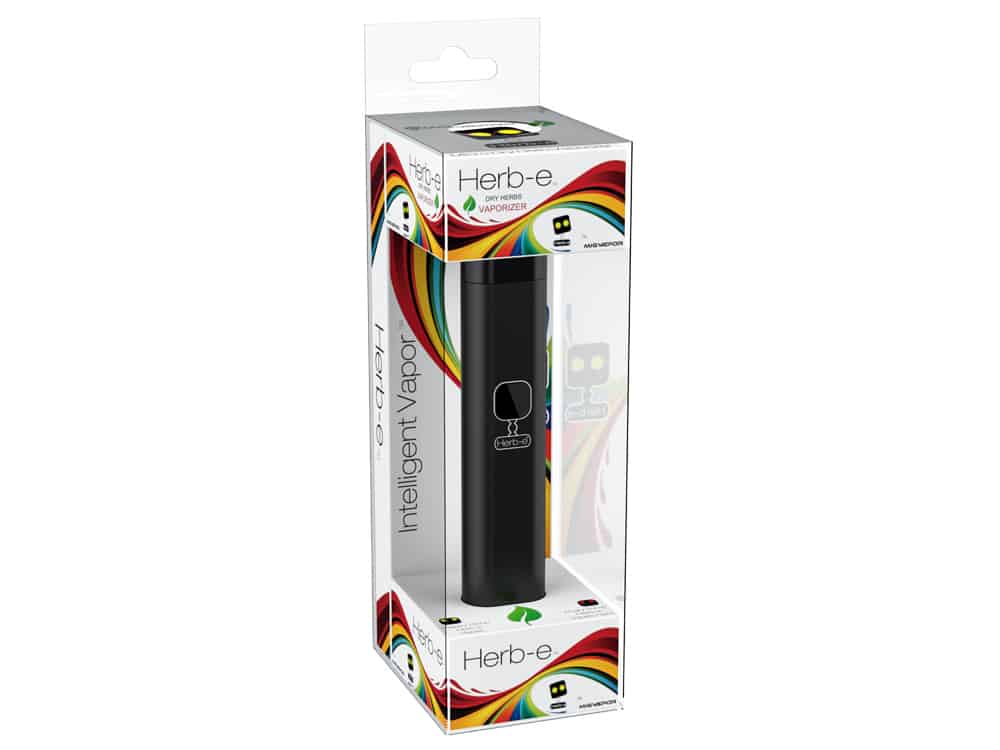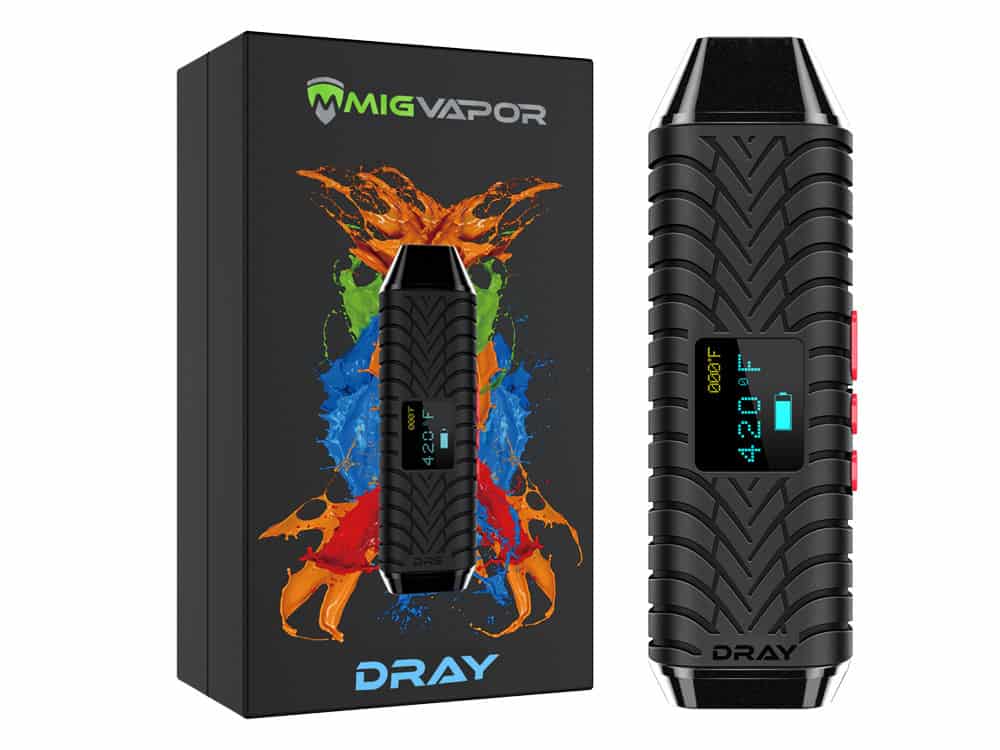Alternatives for Medical Marijuana Consumption—Safer Ways to Medicate
Medical marijuana is creating a buzz in every corner of the country it seems these days. Every recent election has brought legal marijuana to more states, whether medical, recreational, or both. Many patients have benefitted from the medicinal properties of the plant already and tout its effectiveness in healing a variety of ailments. It’s most commonly known for reducing pain and inflammation, but some doctors prescribe it for nausea, seizures, and even glaucoma as well. Although more studies are needed to determine what the long-term effects will be for this method of medication, some users are just happy to have another effective option for their healthcare treatments.
The controversy over medical marijuana lies with the psychoactive properties of the THC found in the plant and the method of consumption. Not all users wish to experience altered states of mind with their choice of pain reliever, so medical marijuana is a huge turn-off to them. Furthermore, some methods of consumption produce harmful side effects, which may negate or lessen the positive properties patients desire. The good news is that smoking dry leaves ridden with THC isn’t the only way to use marijuana as medicine. Many users have turned to vaping as an alternative to smoking, finding products available at online stores such as MigVapor.
In fact, MigVapor was started by former smokers who discovered the benefits of vaping and vowed never to go back. They used their backgrounds in engineering to design their own devices and improve upon the vaporizers already on the market. MigVapor vaporizers are known for their powerful batteries and user-friendly features such as vibrating “on” and “ready” alerts. Besides dry herb vaporizers, they also offer their own line of nicotine e-juice which helps nicotine users cut down on or eliminate their smoking habit. Several of the e-juice flavors include no nicotine, so marijuana patients may be able to mix their vaporizable concentrates with the e-liquid for a more discreet vaping option. It is recommended that patients only use products that are safe for inhaling with e-liquid, and avoid any tinctures mixed with coconut oil and/or sugars, as these are dangerous to inhale.
Methods of Medication

MigVapor
Patients prefer variety when it comes to medical marijuana consumption. Since smoking releases carcinogens and carbon monoxide that can cause lung damage and other long-term harmful effects, many patients want to avoid smoking their medicine. Luckily, there are a handful of methods and products available to help patients use marijuana in the most comfortable way for them. Here are the most common approaches listed below:
- Dabbing—This method involves heating marijuana extracts to high temperatures and inhaling the vapors from it. Concentrates tend to be much stronger than the flower forms of marijuana, so patients can use much less at a time to achieve similar results. Without third-party testing, it can be difficult to know whether the solvents used for the extraction (usually butane) have been completely removed from the product before using, which is a risk that users face when dabbing.
- Vaping—Since vaporizers don’t actually burn the product, and thus don’t release carcinogens, vaping is seen as a much healthier alternative to traditional smoking. There are vaporizers on the market now that can vaporize flower, oil, and even thicker concentrates like wax, so users have plenty of options when it comes to the type of product they want to use for their medical relief. Some vaporizers combine vaping technology with the dabbing technique for vaping concentrates and flower. Some vaporizers can be expensive, but they deliver fast results without the iconic smell left lingering on a patient’s clothes afterward.
- Drinking—Many dispensaries sell drinkable forms of medical marijuana, such as marijuana-infused teas, coffee, sodas, and even wine. Users can also add their concentrates to their own cup of tea for a DIY infused drink. Some patients juice fresh marijuana leaves with other fruits and vegetables for an infused smoothie. Since no heat is used, the molecular structure of the plant is conserved, and users can experience the full benefit of the plant. Dosing for these drinks is often difficult and may take experimentation by the patient to determine the right balance for them.
- Edibles—Marijuana infused treats are another alternative for people opposed to inhalation. Dispensaries with edibles are able to provide precise dosing levels, so it’s easier for patients to portion out the product. Two negatives to edibles is that it can take several hours for the effects to kick in and they may fall into the wrong hands if not stored in a safe place away from child access.
- Patches—This milder form of medication requires no ingestion or inhalation, so it may be a good option for patients who have trouble swallowing or handling a smoking device. Patches can include any type of medicinal combination with varying dosages, so they can fit the specific needs of the individual patient. People with allergies to adhesive may not be able to use this method, however.
- Topicals—Although these salves, lotions, ointments, and sprays may not work for everyone, some users report relief from certain skin issues, arthritis, muscle soreness, and localized swelling from applying this method. Topicals aren’t designed to get the patient high and are a very mild form of medication.
- Tinctures—These are made from mixing extracted cannabinoids with alcohol, glycerin, or coconut oil. Patients drop, squirt, or spray a measured amount under the tongue for quick absorption. Tinctures allow for a quick method of ingestion but may be expensive for patients who require a large dose of cannabinoids for their conditions.
- Suppositories—Medical marijuana suppositories kick in as quickly as inhalation and can last much longer than other methods. They are easy to dose, but administration is one of the more difficult processes.
Final Hit: Alternatives for Medical Marijuana Consumption—Safer Ways to Medicate

MigVapor
Medical marijuana has come a long way since legalization, with dispensaries creating unique products all the time to keep up with their competition. There are dozens of different methods for using medical cannabis, so patients aren’t limited to an option they are uncomfortable with. For patients who have exhausted all other options, they may find a form of medical marijuana for effective symptom relief. As research into different cannabinoids grows, hopefully so will patient healthcare options.
The post Alternatives for Medical Marijuana Consumption—Safer Ways to Medicate appeared first on High Times.


